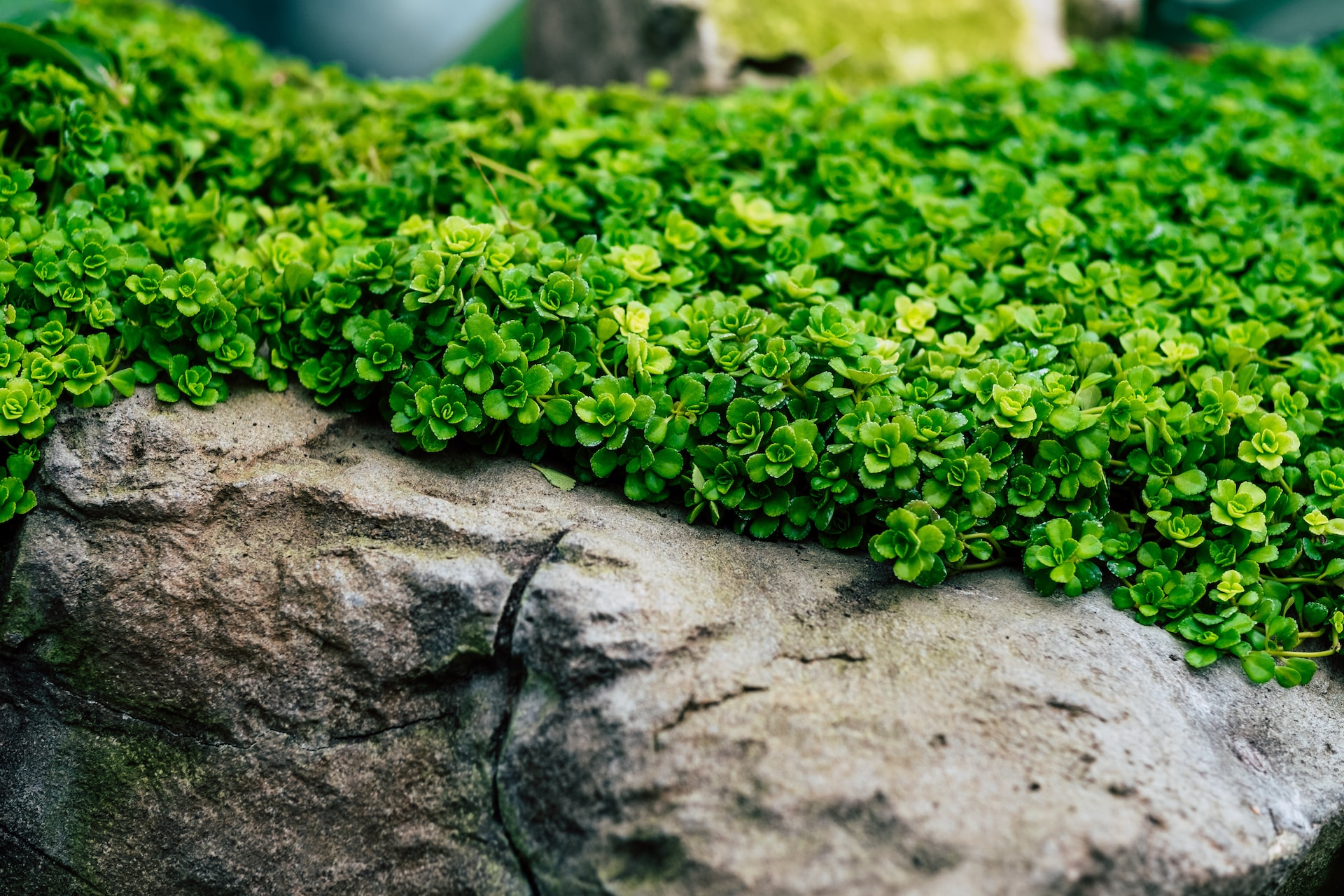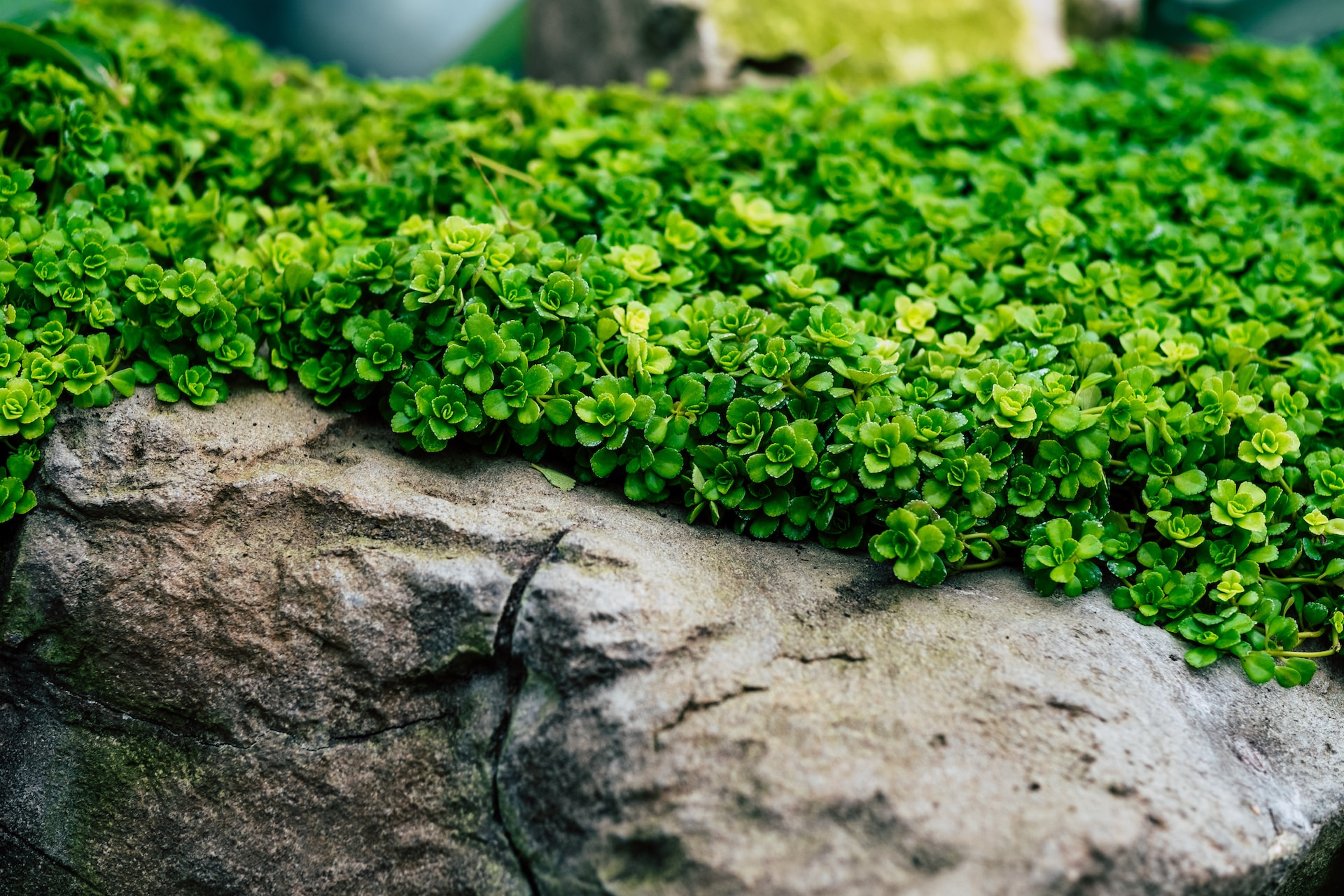The Alpine mountains are full of natural treasures, including rare plants with exceptional medicinal properties. These treasures, often unknown to the general public, contain long-standing therapeutic secrets used by mountain populations.
The great diversity of alpine plants
The Alps, a true showcase of biodiversity, are home to a multitude of plants with extraordinary medicinal properties. Among the rarest, we find genepi, an emblematic plant of the Alpine mountains, known for its digestive and soothing properties. Genepi is also traditionally used to combat headaches and promote digestion. Its unique flavor also makes it a popular plant for preparing liqueurs.
Another rare alpine plant with amazing medicinal properties is yellow gentian. This plant, often used as an infusion, has digestive, tonic and diuretic properties. It is also known to stimulate the appetite and relieve digestive disorders, making it a valuable ally for good gastrointestinal health.
Beneficial effects for health
Rare alpine plants are not limited only to digestive properties. Indeed, some of them can also contribute to general well-being and the prevention of certain diseases. Let us cite for example edelweiss, an emblematic mountain flower, known for its antioxidant and anti-inflammatory properties. This rare plant is used in the manufacture of many cosmetics for its anti-aging and skin-soothing properties.
Another alpine plant with exceptional medicinal properties is rhodiola rosea, also called “golden root”. This plant, used for centuries in traditional medicine, is renowned for its adaptogenic properties. It thus helps the body to adapt to stress and to strengthen its natural defenses. Rhodiola rosea is also known for its positive action on concentration and memory, making it an ally of choice during exam periods or overwork.

A wealth to preserve
Despite their undeniable benefits, rare alpine plants are often threatened by overexploitation and climate change. The increasing scarcity of these natural treasures endangers their preservation and makes their exploitation more difficult. It is therefore crucial to raise public awareness of the importance of preserving these plants and support conservation initiatives.
In addition, knowledge of the medicinal virtues of rare alpine plants makes it possible to promote the ancestral knowledge of mountain populations. By encouraging sustainable and environmentally friendly harvesting practices, it is possible to preserve these natural treasures while allowing local people to maintain their traditions and way of life.
The hidden treasures of the mountains: plants with cosmetic uses
Beyond their medicinal properties, many alpine plants also play an essential role in the cosmetic field. Thanks to their active components and their recognized virtues, they are included in the composition of many beauty treatments, thus offering natural and effective alternatives to traditional cosmetics.
Mountain arnica, for example, is one of the stars of Alpine herbalism. Known for its anti-inflammatory and healing properties, arnica is commonly used to reduce bruises, bruises and swelling. Many arnica creams and oils are marketed and praised for their ability to relieve pain and reduce inflammation.
The stemless pug, another plant native to alpine regions, is prized for its antiseptic and healing properties. Essential oils extracted from this plant are often included in skin care products, especially for sensitive or problem skin.
Furthermore, Alpine lemon balm offers calming properties and is frequently used in beauty treatments intended to soothe the skin and revitalize it, especially after long exposure to the sun or mountain cold.
These plants, often harvested in the wild, require an ethical and sustainable harvesting approach to avoid over-exploitation and ensure their continued existence. Just as for their medicinal uses, it is imperative to raise awareness among the public and the cosmetic industries of the importance of protecting these natural resources and favoring environmentally friendly operating methods.
This preservation approach aligns perfectly with a growing global trend that aims to favor more natural and ethical beauty products, where nature offers healthy and effective alternatives to synthetic products. The treasures of the Alps still have many secrets to reveal, combining tradition, efficiency and respect for nature.
The interaction of alpine plants with local wildlife
When discussing alpine plants, it is imperative not to neglect their interaction with local fauna. At the heart of this ecosystem, plants and animals maintain symbiotic relationships which are essential to the preservation of mountain biodiversity.
Alpine wildlife, ranging from vibrant butterflies to agile chamois, rely largely on plants for food, shelter and reproduction. For example, many pollinating insects are attracted to the bright colors and intoxicating scents of alpine flowers. In return, these insects help plants reproduce by carrying pollen from one flower to another. This mutually beneficial interaction not only ensures the survival of plant species, but also enriches the food chain, providing a food source for larger predators.
Alpine plants, with their deep roots and sturdy stems, also play a key role in stabilizing mountainous soils. By preventing erosion, they maintain a safe and fertile habitat for alpine wildlife. Mammals such as marmots and alpine hares feed on these plants, thus integrating them into their diet. Additionally, some plants, with their thorns or toxic leaves, deter herbivores, thus creating balance in the ecosystem.
The importance of the relationship between plants and animals is often underestimated, but it is crucial for the survival of these delicate ecosystems. These interactions highlight the interdependence of species and reinforce the need to preserve both flora and fauna. As we further explore the secrets of alpine plants, it is essential to recognize and value these symbiotic relationships to ensure a healthy and sustainable future for the Alps.












